|
“Grandpa Snazzy,” there you are—up on my wall, Keeping tabs on this historian named Chris Haugh. Are you staring in judgment—is that what you do? Oft’ thinking in jest, "I look so much more dapper than you?” Well, I’m sure that is not the case. You have been very respectful, and equally quiet. However, the expression on your face never changes, and that’s a little bit strange. Sometimes, I forget your near—but you are always there in all your steadfast glory. What’s your story? And more so, how did you get to be on my wall? Who made this likeness of you, and when? What’s your connection, if any, to Frederick, and our beautiful “garden cemetery?” These are some of the random questions I wish could be answered by the gentleman being referring to here. He cannot answer for good reason, as a matter of fact, two primary reasons. First, he’s been dead for over 127 years, and second, oil paintings cannot speak—or can they? A few years back, I received a phone call from Mary Ellen Marsalek of Ellicott City. Ms. Marsalek, a former banking professional, explained that she and her husband (Dennis) were in the process of downsizing and planning to move out of state. Mary Ellen possessed a unique, and mysterious, family heirloom that she had no real attachment to, but it had been a familiar fixture throughout her life. It was now time to part ways, and she thought it might best come to us here at Mount Olivet. This is where “Grandpa Snazzy” enters the story. In 1993, the Marsaleks bought Mary Ellen’s family home in Ellicott City from her mom and dad. “Grandpa Snazzy” came with the house, as he had been hanging in the living room for decades. Mary Ellen’s father, Hugh Royal Williams, Jr., died July 6th, 2013. He had inherited the portrait in question in 1968 upon the passing of his aunt, Alice Regina Prince. Mrs. Prince was married to Edwin S. “Eddie” Prince (1889-1950), a grandson of the man in the portrait. Both Alice Regina and Eddie are buried in Mount Olivet’s Area G/Lot 189. Mary Ellen’s great Aunt Regina, also known as “Aunt Geege,” is responsible for providing the moniker of “Grandpa Snazzy” to her husband’s family heirloom. Mary Ellen told me that the portrait was a focal point in the formal living room of her childhood home for many, many years. Not a big genealogy fan, Mrs. Marsalek was relatively unaware of Grandpa Snazzy’s past, as he was simply a distant relative through marriage. Regardless, she decided not to break with tradition and left our subject hanging on the living room wall witnessing countless holiday and special gatherings over the years. One thing is certain, he was always “dressed for the occasion” with his stylish appearance. A small piece of brown backing paper accompanying the painting reveals the subject’s name of D. M. Grumbine. Not much else was known, but it was common knowledge that he was buried in Mount Olivet in Frederick. That same brown backing paper gave the assumed artist’s name as P. H. Davinport, and the year 1838. No one is certain when this information was written in ancient ink pen, but, interestingly it appears that someone attempted to draw a zero around the “8” in 1838, signifying that the portrait was produced in 1830. As I conducted my research, I trust the original 1838 date, and not the attempted revision. A final line at the bottom is written with a distinctively different pen and includes the name Miss Jessie Raine 1946, who may have been the responsible party for the edit. The fore-mentioned name of Edwin A. Prince is written in purple ink, and is certainly a more modern addition to the small parchment title plate. I now used this simple piece of surviving paper as my makeshift “Rosetta Stone” for attempting to learn more about my dapper, yet humble, officemate—"Grandpa Snazzy.” It was now time to “connect the dots." To review, Mary Ellen’s father’s aunt, Alice Regina (McNally) Prince (1895-1967) of Baltimore was married to Edwin Allan Prince (b. June 18th, 1889). Mr. Prince is our pivot point, as grandson of D. M. Grumbine, aka “Grandpa Snazzy.” Eddie Prince was the son of Thomas Cole Prince (1846-1904) and wife, Sarah “Sallie” Jenette (Grumbine). You guessed it, Sarah was the daughter of D. M. Grumbine. She was born on May 26th, 1855 and died on November 5th, 1941. The Princes are buried in Mount Olivet’s Area G/Lot 189 in the same lot with son, Edwin and Regina. As a matter of fact, mother and son (along with respective spouses) share the same exact gravestone, with names on opposing sides. I couldn’t find a great deal about Sarah (Grumbine) Prince, but her husband held an important position with the Baltimore & Ohio Railroad as evidenced by his obituary. As for son Eddie, he began his working days with the railroad, influenced by his father, and later had a sales career in the coal industry. Mr. Prince died suddenly at his home in Catonsville on October 1st, 1950. 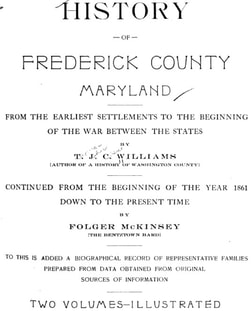 From our database, I learned that Sarah J. Prince, was the daughter of Daniel M. Grumbine and wife Mary Ann R. (Schaefer). I now had a first name and a spouse to go with my mystery man. Sarah was the caretaker of our heirloom portrait, and passed it on to her only son Edwin. Going back in the census records, I began to see a bit more unfold on the Prince and Marsalek family’s “Grandpa Snazzy.” I got the whole picture thanks to a biography/family history sketch of Jacob Allen Grumbine, one of Daniel M. Grumbine’s sons. This important family history review can be found in T.J.C. Williams’ History of Frederick County (Volume II). This book was published in 1910, years after Daniel’s death, but was a Godsend like so many other family histories found in this work. The biography states that Daniel was born on May 15th, 1815, a fact that corresponds to our cemetery records. I learned, however, that his place of birth was Hanover, Pennsylvania. Daniel was the son of Jacob and Margaret Grumbine. Jacob emigrated from the Palatinate area of Germany as a young man and settled in York County, PA where he was engaged in the manufacture of jacks for heavy lifting. He eventually removed to Frederick City where he is said to have started in business “on the site of the present Frederick and Middletown Electric Railroad carbarn.” This site was located on the east side of Carroll Street, north of Carroll Creek. Our subject, Daniel M., apparently had the advantage of a private school education and grew up in the Lutheran religion. He learned the trade of a tailor, and upon the completion of his apprenticeship engaged in the merchant tailoring business in Frederick City in what had once been known as the old Woodward building (of Milton Woodward) eventually owned by C. Thomas Kemp. The biographical sketch says that Daniel occupied this site for a number of years and prospered. Daniel married Mary Ann R. Schaeffer, daughter of Jacob and Susan Schaeffer, on June 10th, 1841. The couple went on to have 11 children, many of whom are buried here in Mount Olivet. Grandpa Snazzy’s children included three buried in his own gravelot here in Mount Olivet, with two others nearby. (1.) Calvin J. Grumbine, (1843-1905) married Mary Burucker (2.) Alice V. Grumbine, the wife of Lewis Burucker, of Baltimore City. (3.) Enoch L. Grumbine, (1847-1924) lived in Baltimore, MD (buried in lot with parents) (4.) Rose C. Grumbine, (1851-1925) lived at Braddock (buried in lot with parents) (5.) Jacob Allen Grumbine (1853-1928) (buried in lot with parents) (6.) Sarah J. Grumbine, (1855-1941) married Thomas C. Prince, of Baltimore (MOC Area G/Lot 189) (7.) Marshal S. Grumbine (1863-1948) of Frederick and buried in MOC’s Area L/Lot 17 (8.) Charles F. Grumbine, (1865-1947) removed to Cleburne TX and buried in Clarksburg, WV (9.) Daniel G. Grumbine, a resident of Baltimore. (10.) Mary M. Grumbine, who is the wife of James McFarland, of Baltimore. (11.) Ella N. Grumbine, married Charles Kehn, of Buckeytown. Williams’ History of Frederick County offers the following passage on Daniel M. Grumbine: “Owing to ill health, he was compelled to remove to the country. He bought a small truck farm from Mr. Schaeffer about three miles west of Frederick on the National pike, at Fairview, now called Braddock. The present owner (in 1910) of this property in J. Allen Grumbine. In 1845, Mr. Daniel Grumbine was appointed gatekeeper by the National Turnpike Company at Braddock, and served in that capacity until his death, May 1st, 1895. When he died , he was one of the oldest employees of the company, having been fifty years in the service.” I found Daniel in the 1850 US Census and found his home in the 1858 Isaac Bond Atlas and the 1873 C. O. Titus Atlas along the National Pike just west of the intersection with today’s Blentlinger Road. In addition to his job of controlling the tollgate, Daniel Grumbine was also appointed a postmaster for the original “Braddock” in the 1880s. As an aside, Mr. Grumbine was a member of the Mason’s Columbia Lodge during his lifetime, and today that same fraternal organization is headquartered on Blentlinger Road, just a short distance away from his one-time home. Our subject died in the spring of 1895 as mentioned earlier. He would be laid to rest in Mount Olivet’s Area H/Lot 354, and is surrounded by the graves of his wife, three children (Jacob, Enoch and Rose) and seven grandchildren. Confederate Row provides a dramatic backdrop looking west, but making it even more picturesque and worthy of a portrait, is the rising Catoctin Mountain which served as Mr. Grumbine’s home for half a century. Daniel M. Grumbine’s life was lengthy, especially for a man of his times. I think about his experiences as a civilian during the American Civil War, and eye-witnessing cavalry and troop movements, both Union and Confederate, ascending and descending Braddock Heights in much the same fashion the locale’s namesake general (Edward Braddock) did over a century earlier. I wonder if “Grandpa Snazzy” encountered the father of famed American jurist Oliver Wendell Holmes Jr. who, in 1862, wrote the book, My Hunt After the Captain? Captain Holmes, a Union officer with the 20th Massachusetts Regiment, had been wounded at the Battle of Antietam and went missing, at least to his family. This prompted a father’s desperate search for his son, and gave rise for the following quote from Oliver Wendall Holmes, Sr. as he gazed upon Frederick for the first time from the vantage point of Daniel Grumbine’s neighborhood: "In approaching Frederick, the singular beauty of its clustered spires struck me very much, so that I was not surprised to find 'Fair View' laid down at this point on a railroad map. I wish some wandering photographer would take a picture of the place, a stereoscopic one, if possible, to show how gracefully, how charmingly, its group of steeples nestles among the Maryland hills. 'The town has a poetical look from a distance, as if seers and dreamers might dwell there." Various writers over the past 150 years have theorized that Holmes's use of the phrase "clustered spires" was the inspiration for John Greenleaf Whittier's opening lines in his 1863 poem "Barbara Fritchie," This was published shortly after Holmes's account initially appeared in the Atlantic Monthly in December 1862. Whittier’s poem was written nine months later and appeared in the same magazine in print in October, 1863. Here's where I see two more interesting connections based on the location of Fairview. The real-life Barbara Fritchie is said to have lived here in close proximity to the toll gate in the early 1800s before moving to her famed home along Carroll Creek in Frederick City. Secondly, it is a pity that we don’t have a photograph or painted portrait of Frederick with its “clustered spires” from this vantage point at the time of the mid 19th century as Oliver Wendell Holmes, Sr. had wished. Keeping with our art theme for this story, noted Frederick painter Helen Smith (1894-1997) lived in the former home of the Fritchies at Fairview, and gave us plenty of “fair” views of Frederick from this locale. More so, I have a portrait of a Fairview resident in my office, but no view of Fairview, or of Frederick, dating from the 1800s. As I repeatedly say on this blog, it is so valuable to have images of those folks here at Mount Olivet, resting under our countless stones and monuments. This is quite a treat to have this gentleman as well. What an interesting life, as he encountered so many others in his work professions as a tailor and turnpike keep. Daniel Grumbine would also see many changes in our country and technology, especially in respect to transportation. More fitting, he experienced numerous trends and shifts in clothing fashion, and this is what he is famous for with that hip nickname of his. It almost makes one ponder how “Grandpa Snazzy” was dressed for his funeral service on May 4th, 1895, three days after his initial death? Well, maybe few, if any, would actually ponder that question. Speaking of pictures and portraits, that brings my curiousity back to the man truly responsible for this “Story in Stone”--artist P. H. Davinport (1803-1890). I found his biography online, published by the Kentucky Historical Society: “Patrick Henry Davenport, who became a noted portrait painter from the 1820s into the last quarter of the 19th century, was born in Danville, Kentucky at the Indian Queen Tavern, which was operated by his parents. Later his father became a brigadier general in the War of 1812. The parents were committed to educational excellence, and the father was a trustee of Danville Academy which the children attended. Patrick began portrait painting in Kentucky on his own at age fifteen, and his art training was not formal, although he may have had some lessons from Matthew Jouett, Kentucky portrait painter. It has also been written that Asa Park, who did a portrait of one of Patrick's brothers, was also an inspiration. As a very young man, Davenport assisted Oliver Frazer in painting the full-length portrait of George Washington at the Old Capitol building in Frankfort. In 1827, he was married at Vicksburg, Mississippi, to Eliza Ann Bohannon, a native of Georgia, and they returned to Danville where they lived with Patrick's widowed mother. Subsequently they had eight children. By that time, his career was already successful because the year of his marriage he had a commission to paint the wife of Kentucky governor Isaac Shelby. To support his growing family, he was, until 1853, the popular proprietor of the fashionable Crab Orchard Springs spa, a fashionable watering place in Lincoln County, Kentucky. However, much of his activity was traveling around to small towns, doing portraits of prominent persons. He worked in Indiana from 1850 to 1870, and then moved to Lawrence County Illinois, near Evansville, where he and his wife purchased a 200 acre farm and lived there the remainder of his life. One of his biographers, Edna Whitley, believed that his work of that period showed declining skill in that it was more anatomically correct but lacking in emotional commitment. From that time, most of his sitters were residents of southern Illinois, many of them neighbors, and he did a number of child portraits. Patrick Davenport died at age 88 at Sumner, Illinois, and was active almost to the time of death. He signed his paintings in various ways: Henry Davenport, P. Henry Davenport, and P.H. Davenport.” Of course, I can add one more variation to that list—P. H. Davinport. I found the grave of our artist in southeastern Illinois in Sumner Cemetery located in the town of Sumner in Lawrence County, Illinois. I also took the opportunity to search for Miss Jessie Raine, the woman I mentioned earlier whose name was written on that brown paper that initially provided the names of the portrait subject (Mr. Grumbine), and its painter (Mr. Davenport). I quickly learned that Jessie Dunbar Raine (1888-1974) was not a relative of Edwin A. Prince and the Grumbines as I had imagined, but instead an artist herself. I found her as a resident of Baltimore living at 1313 Park Avenue in the mid 20th century. I now presume that Jessie was hired to restore the work done by P. H. Davenport over a century before. This was likely performed in 1946, as the reason for the date written at the bottom of the paper placard. I found Ms. Raine’s obituary in the Baltimore Sun, and her body was laid to rest in her family’s plot in Charm City’s Loudon Park Cemetery.  1970 edition of Dapper Dan by Playskool 1970 edition of Dapper Dan by Playskool Finally, I’d like to report that Mary Ellen and Dennis Marsalek are living in “Lower, Slower Delaware” these days, and enjoying their retirement in the same exact state where both my “grandpas” lived and are buried. I recall both these gentlemen, but lost them in my youth. I have to laugh recalling that also in my youth, I had one of those Dapper Dan dolls. My parents got me that in 1970. Who would of thought I’d have another “Dapper Dan” (Daniel Grumbine) on my wall all these years later? I just feeling fortunate to be the latest caretaker of this old National Pike gatekeeper of “Braddock Mountain”—but, I certainly won’t be the last.
0 Comments
Leave a Reply. |
STORIES
|
Archives
July 2024
June 2024
May 2024
April 2024
March 2024
February 2024
January 2024
December 2023
November 2023
September 2023
August 2023
July 2023
June 2023
May 2023
April 2023
March 2023
February 2023
January 2023
December 2022
November 2022
October 2022
September 2022
August 2022
July 2022
June 2022
May 2022
April 2022
March 2022
February 2022
January 2022
December 2021
November 2021
October 2021
September 2021
August 2021
July 2021
June 2021
May 2021
April 2021
March 2021
February 2021
January 2021
December 2020
November 2020
October 2020
September 2020
August 2020
July 2020
June 2020
May 2020
April 2020
March 2020
February 2020
January 2020
December 2019
November 2019
October 2019
September 2019
August 2019
July 2019
June 2019
May 2019
April 2019
March 2019
February 2019
January 2019
December 2018
November 2018
October 2018
September 2018
August 2018
July 2018
June 2018
May 2018
April 2018
March 2018
February 2018
January 2018
December 2017
November 2017
October 2017
September 2017
August 2017
July 2017
June 2017
May 2017
April 2017
March 2017
February 2017
January 2017
December 2016
November 2016

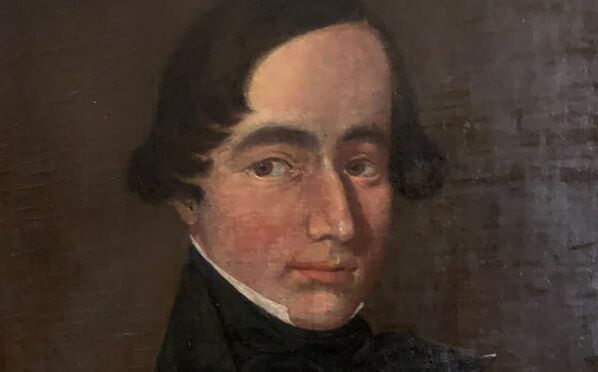
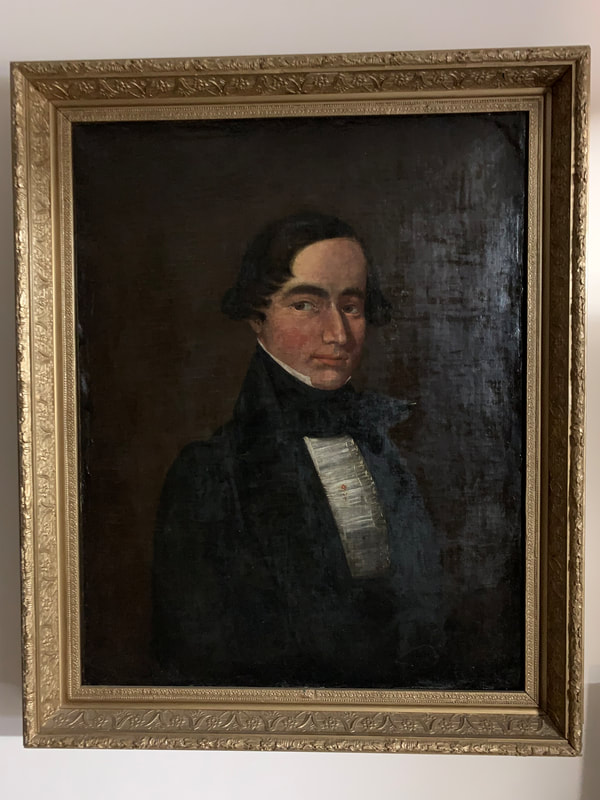
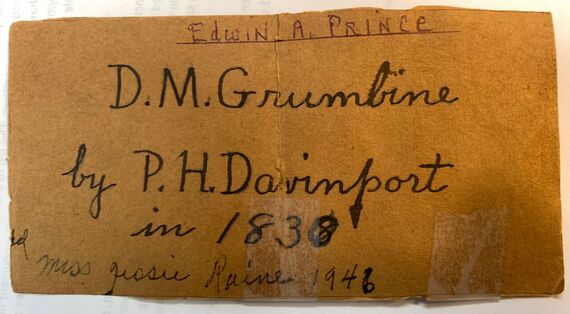
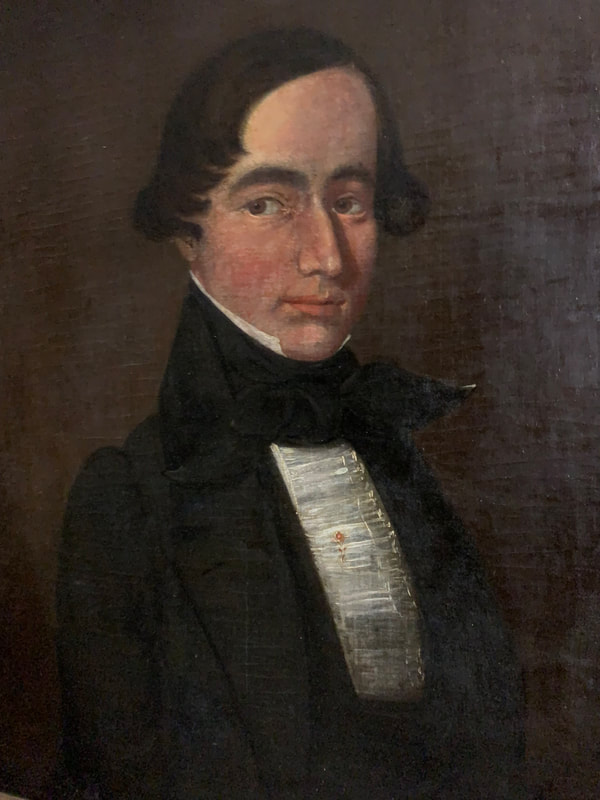
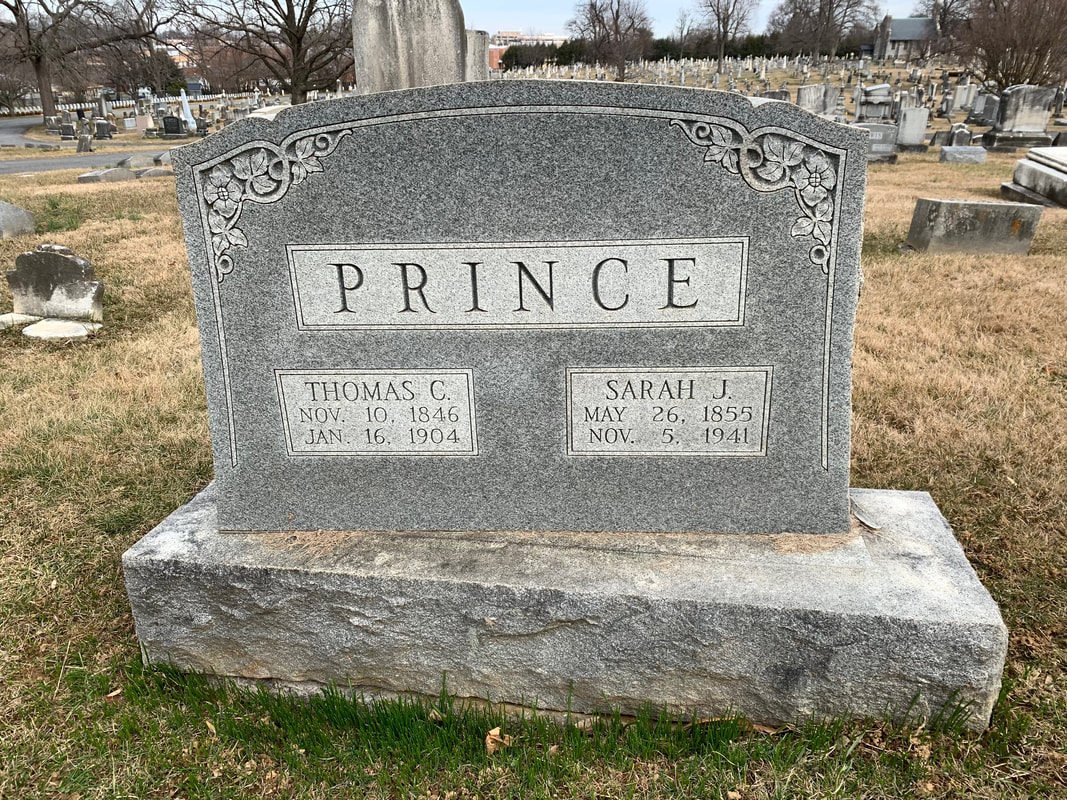
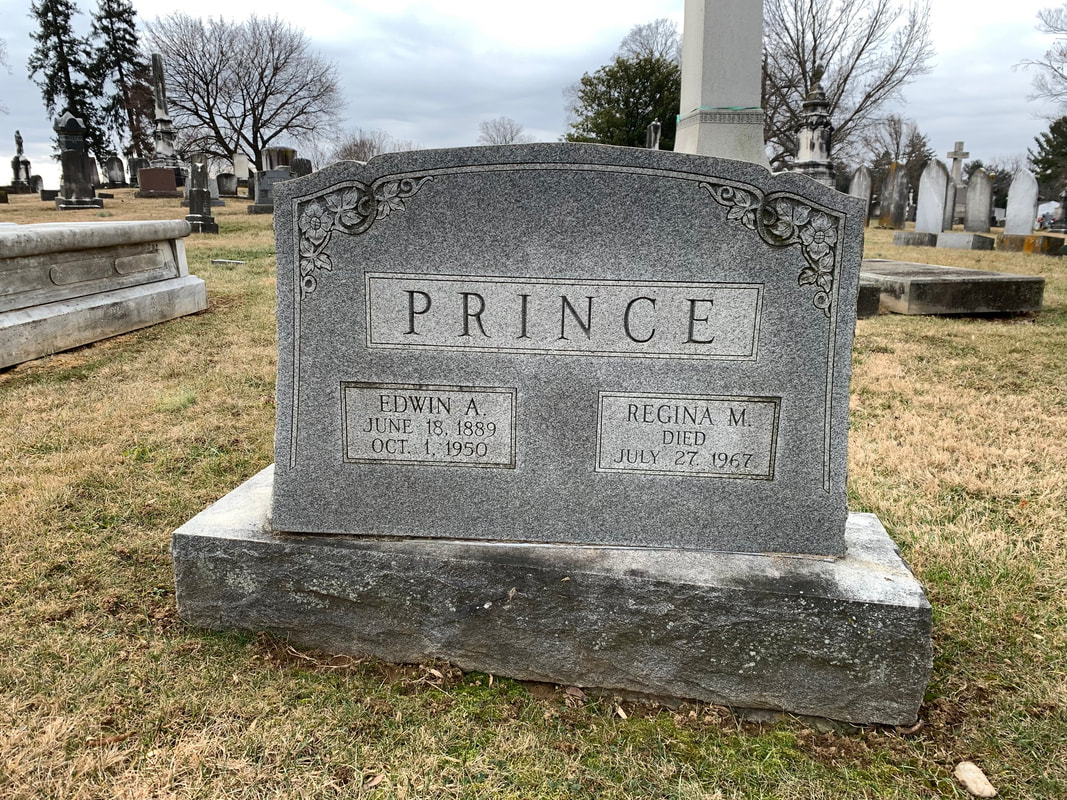
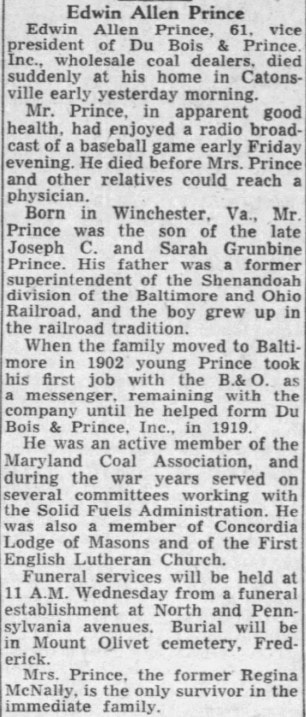
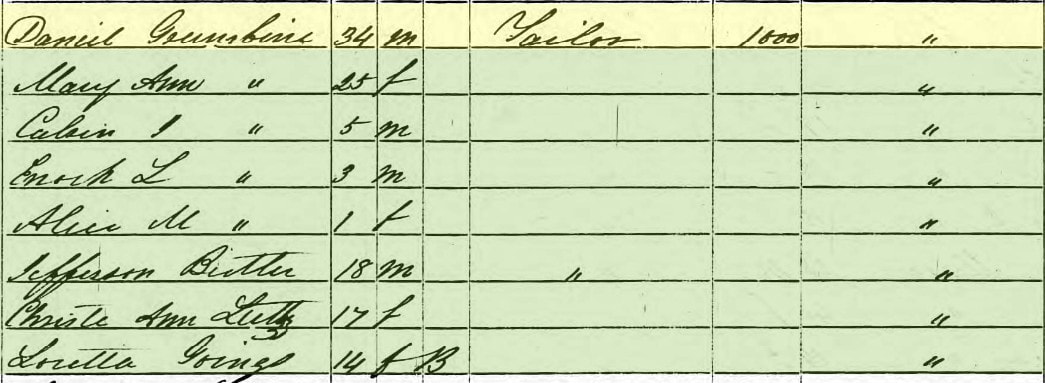

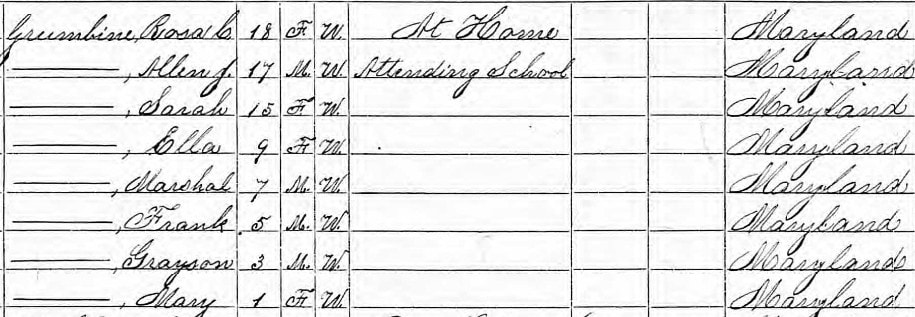
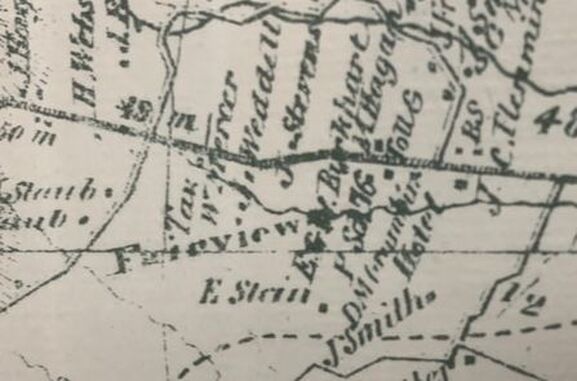
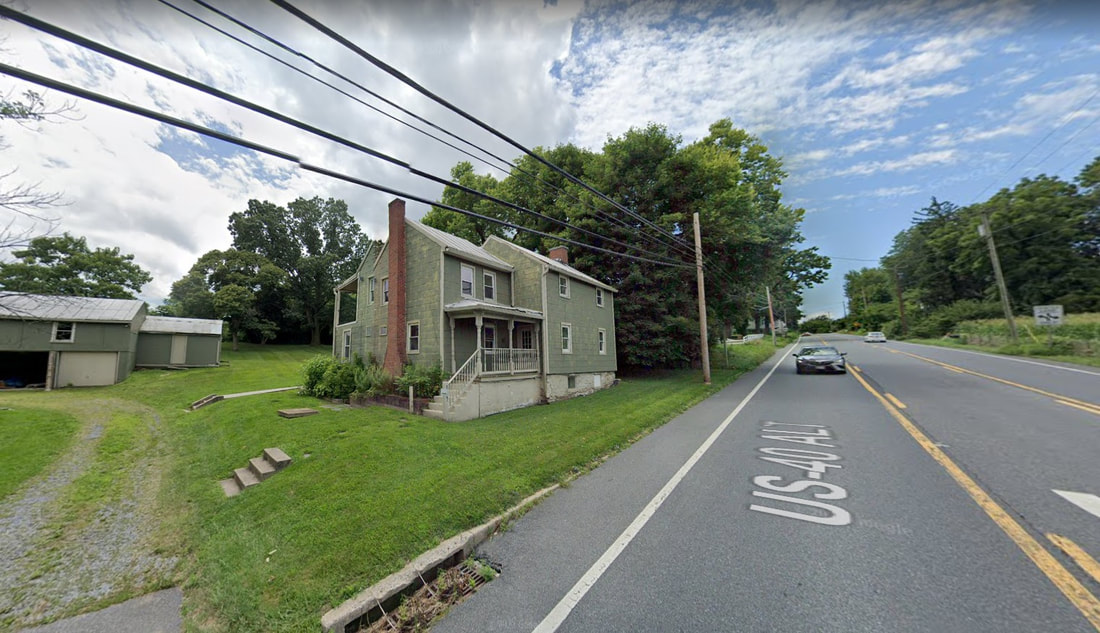

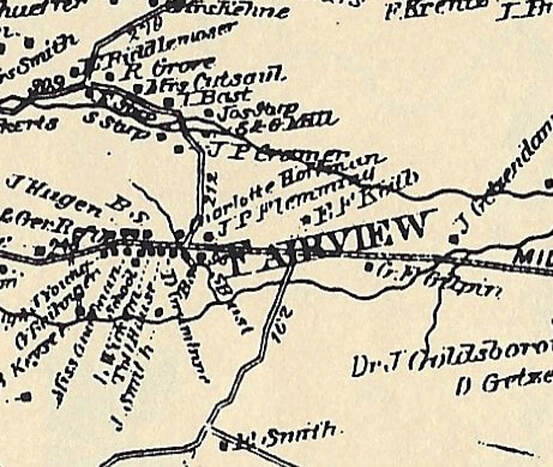
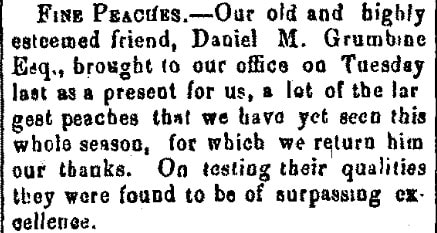

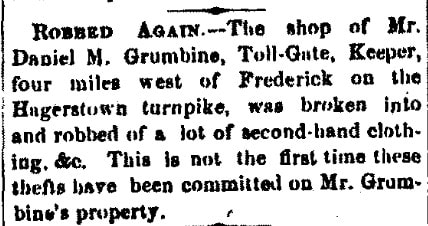
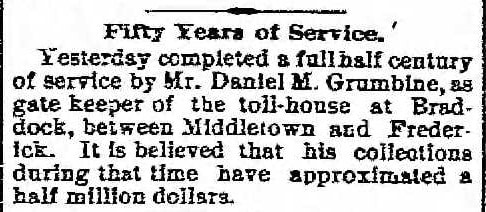
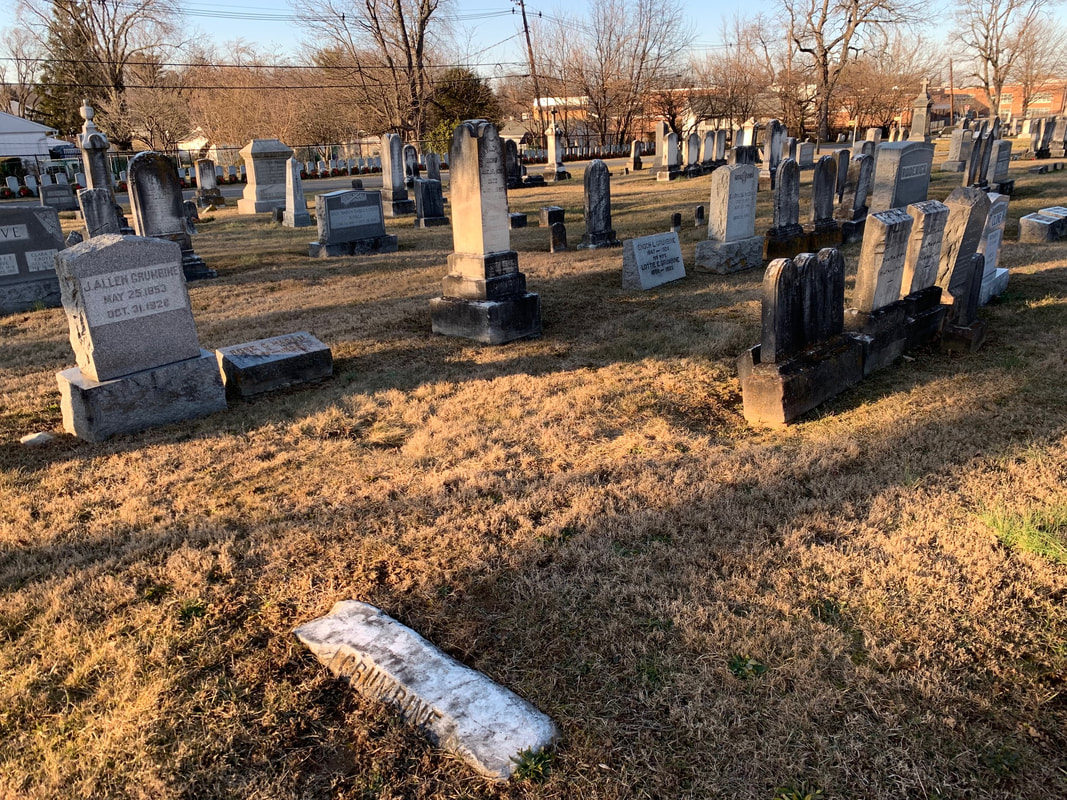
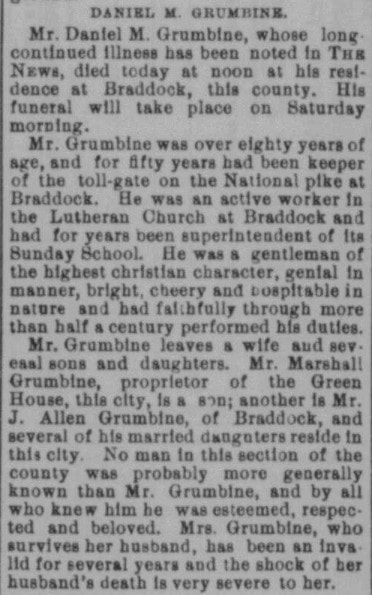
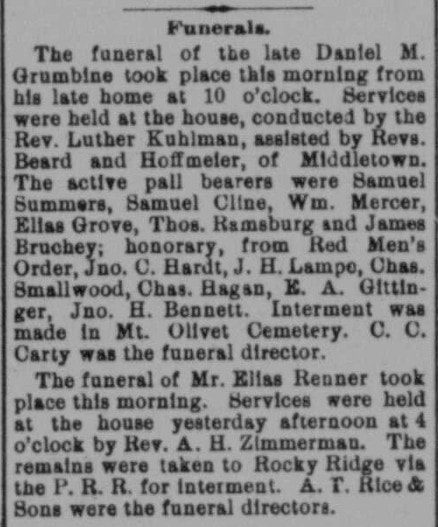
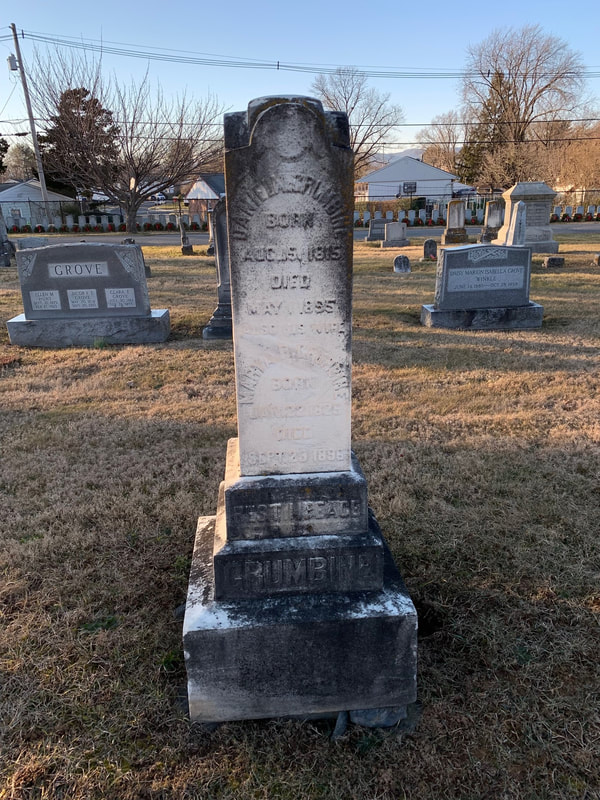
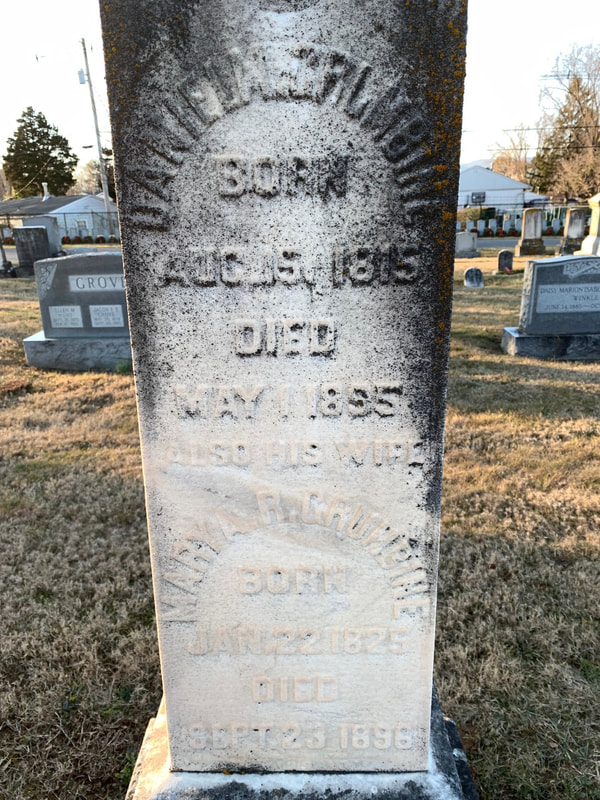
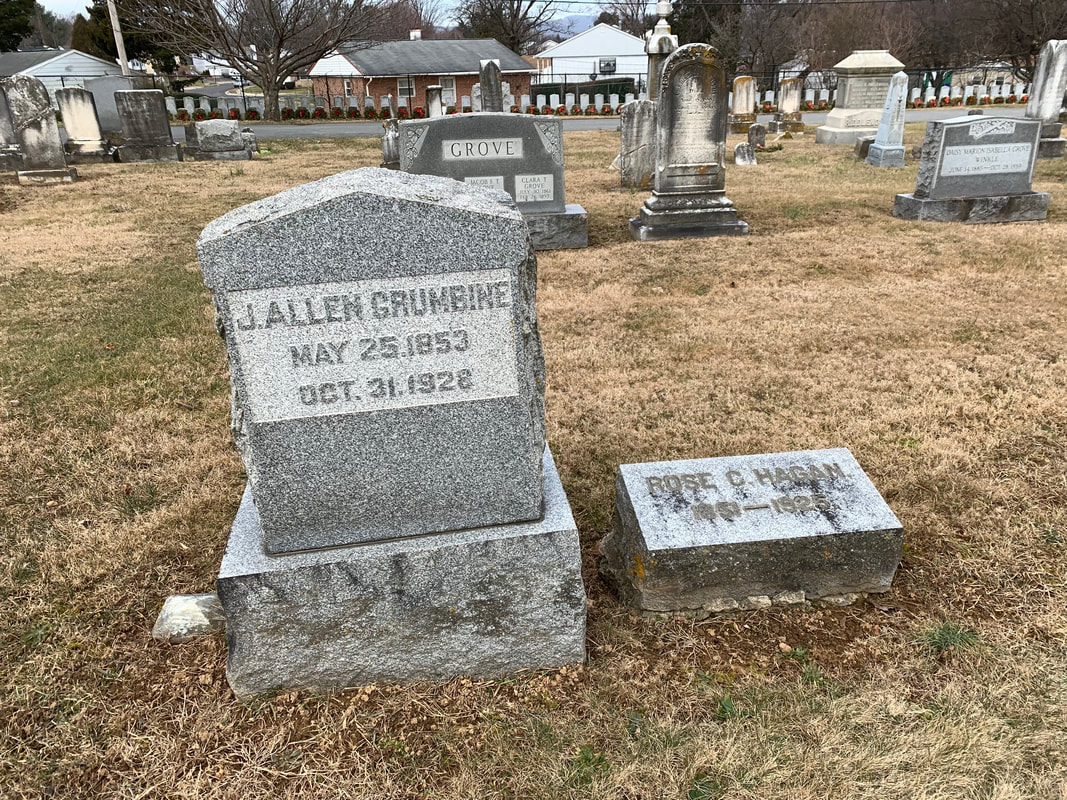
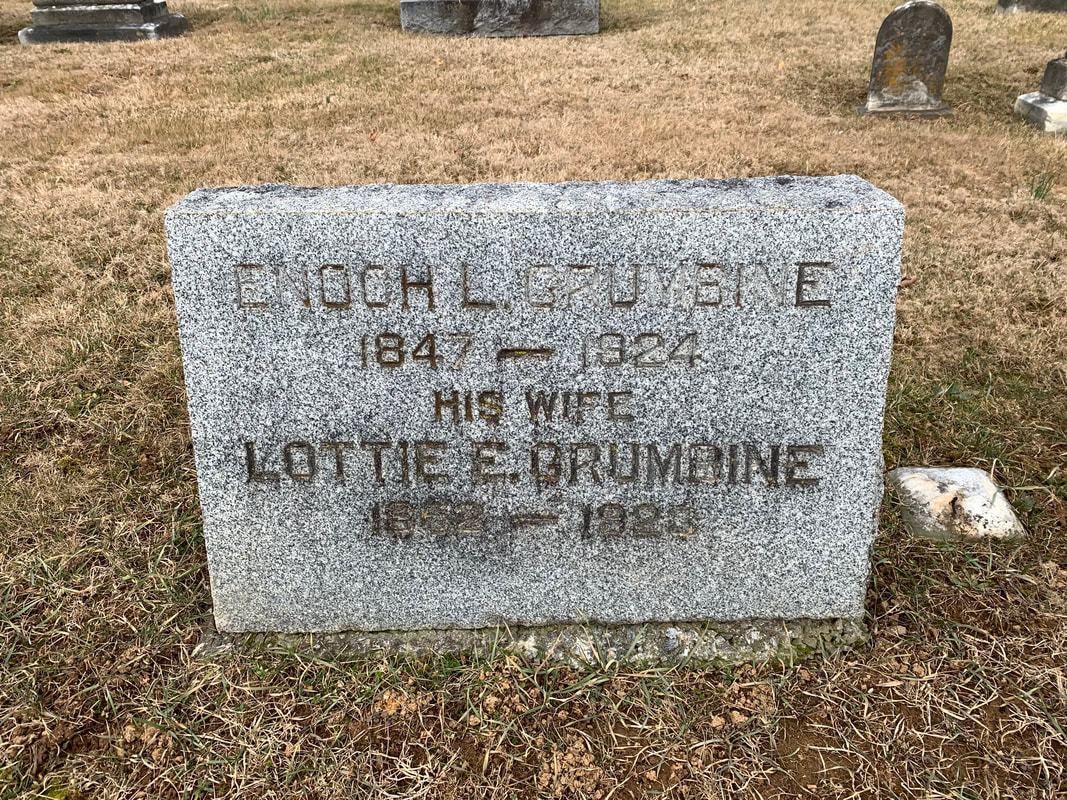
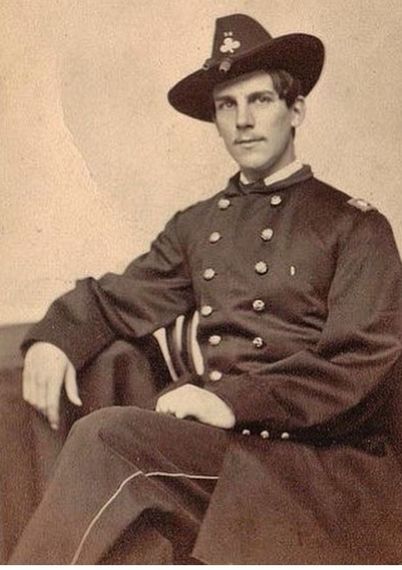
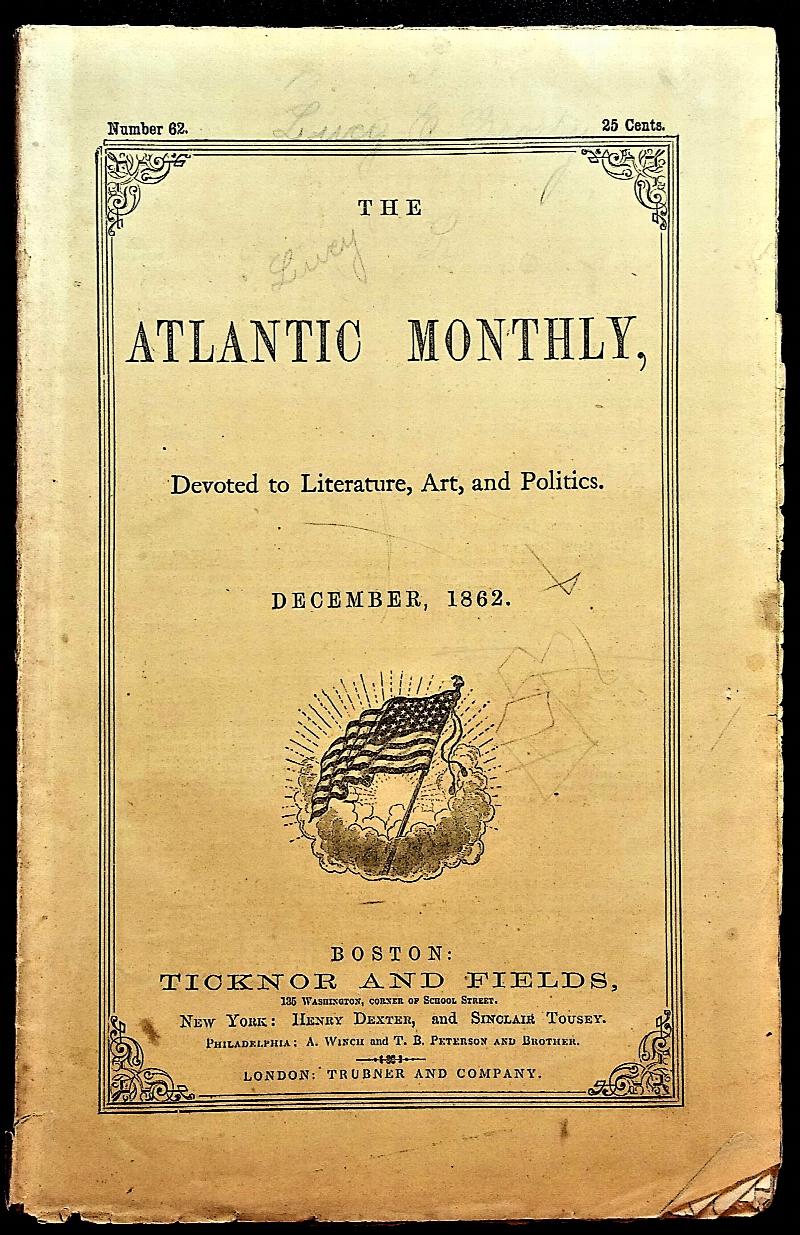
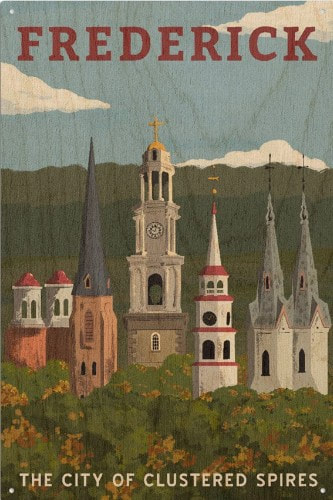
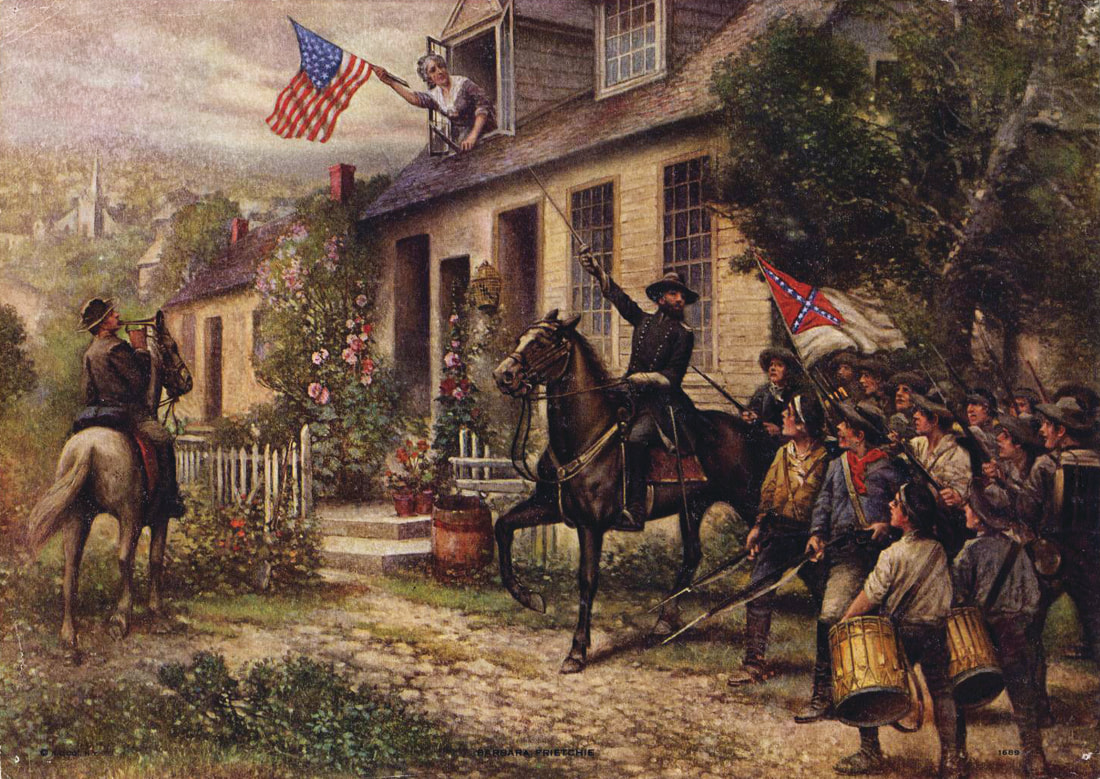
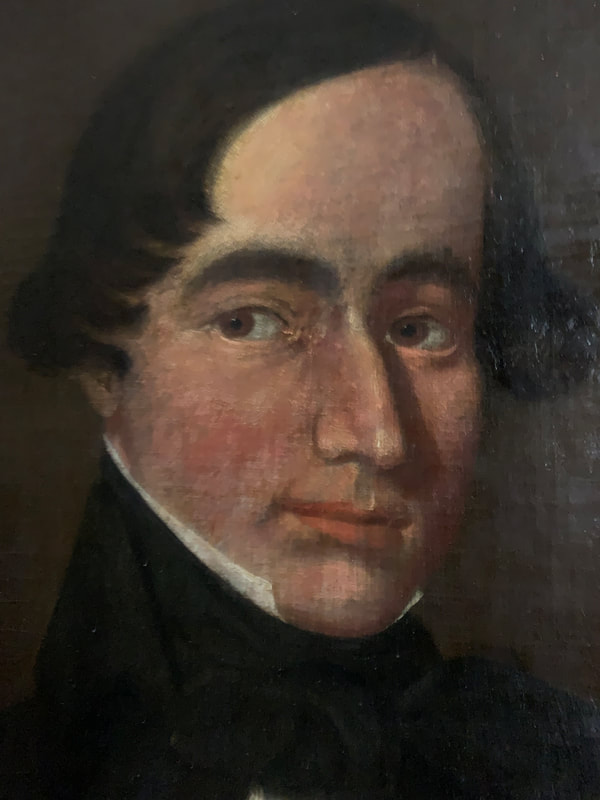
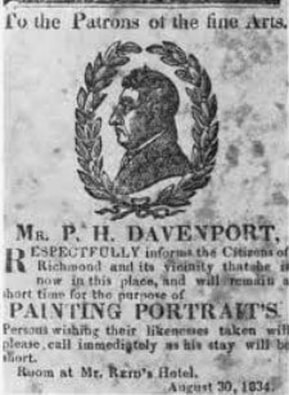
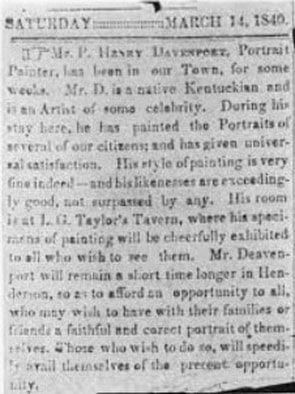
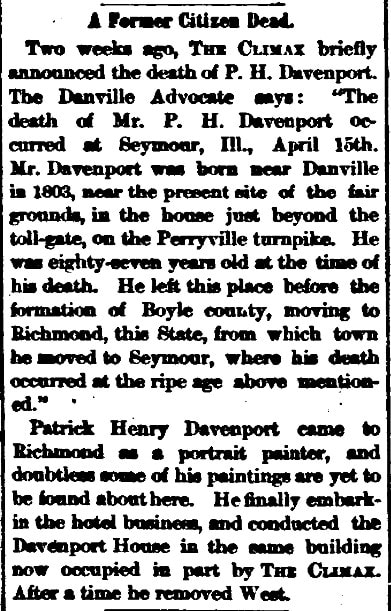
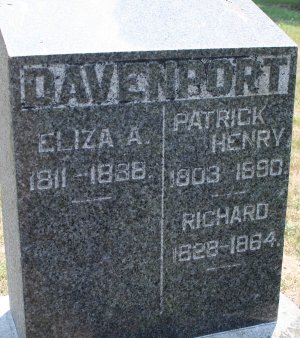
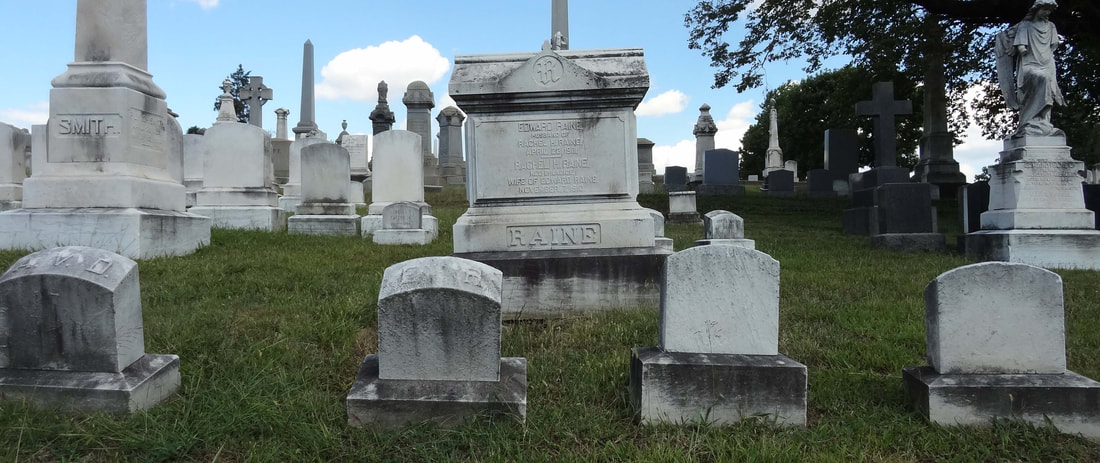
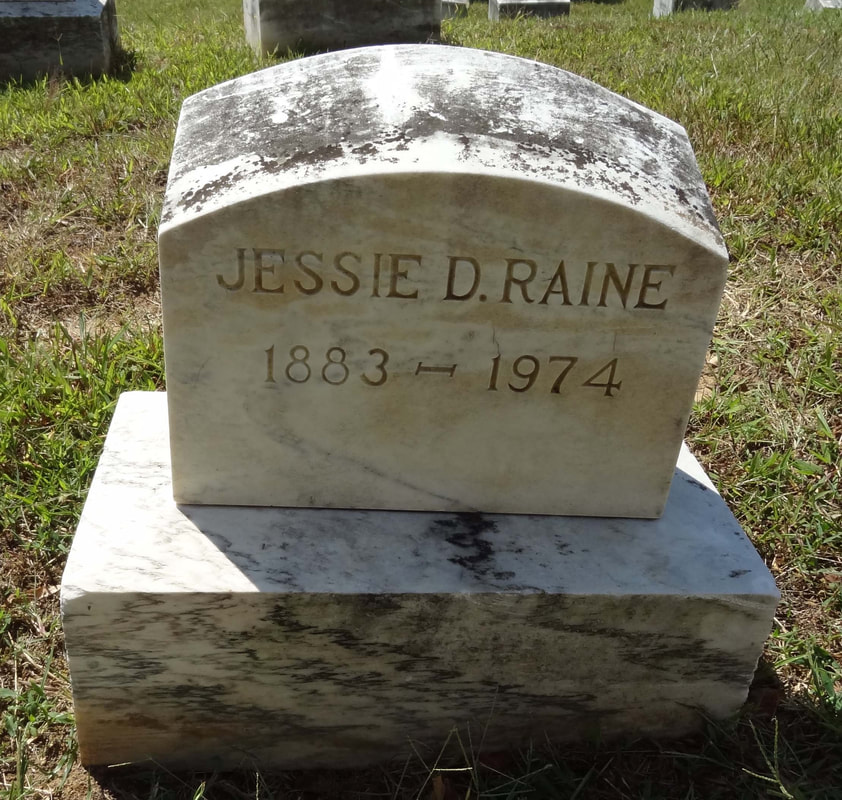


 RSS Feed
RSS Feed